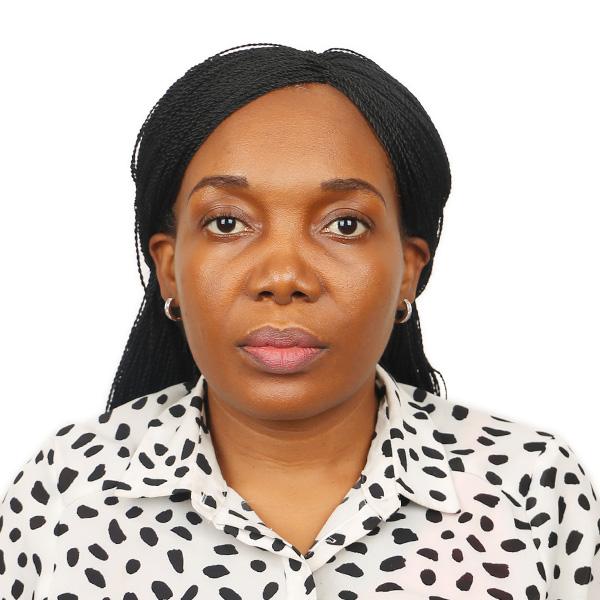In an industry where capital mismanagement can stall billion-naira infrastructure projects, one financial expert is offering a much-needed solution. Ebehiremen Faith Iziduh has introduced a breakthrough framework that could transform how cash flow is managed in Africa’s energy sector—and possibly far beyond it. Her newly published research, A Cash Flow Optimization Model for Aligning Vendor Payments and Capital Commitments in Energy Projects, has already attracted attention for its potential to enhance financial stability and operational efficiency in capital-intensive environments.
“When payment timelines don’t align with capital disbursements, the result is predictable: stalled projects, strained vendor relationships, and rising costs,” says Iziduh. “My model was built to correct that mismatch, to give financial teams a tool that allows them to forecast with accuracy and plan with confidence.”
The model, which appears in a publication by IRE Journals, delivers a rigorously structured financial planning framework. It helps synchronize vendor payment obligations with long-term capital expenditure schedules; something that has traditionally challenged even the most experienced treasury teams. By employing a multi-stage, adaptive approach, Iziduh’s model closes the gap between planned and actual liquidity, reducing the risk of emergency borrowing and enabling more proactive financial governance.
The scale of the problem she addresses is vast. According to Nigeria’s 2020 Budget Implementation Report, more than ₦1.4 trillion in approved capital projects experienced execution delays; many due to financial misalignment. In the energy sector, where vendor mobilization and international procurement timelines are tightly bound to payment structures, delays can stretch project timelines by up to 60%. Iziduh’s model offers a data-driven solution rooted in cash flow simulation and treasury realism.
“This isn’t just theory,” Iziduh emphasizes. “I developed the model with real-world constraints in mind—FX volatility, delayed capital releases, unpredictable inflows. I’ve seen firsthand how finance professionals operate under pressure. This model gives them a structure to operate with foresight, not panic.”

Her framework incorporates payment terms, capital budgeting constraints, and cash inflow assumptions. Through adaptive feedback loops, it refines its liquidity projections over time; an approach that mirrors how project finances evolve in practice. The model is modular, scalable, and sector-agnostic. It works whether you’re managing an upstream energy contract, a public infrastructure plan, or a long-term engineering rollout.
And the timing couldn’t be more urgent. The COVID-19 pandemic disrupted global supply chains, intensified liquidity pressures, and exposed how fragile many capital projects are without disciplined financial management. “2020 showed us just how critical cash planning really is,” says Iziduh. “Projects were halted not for lack of will, but because there was no system to predict and navigate shortfalls. That’s what this model is designed to prevent.”
Her work has drawn praise from financial professionals in the public and private sectors. In forums hosted by economic think tanks, the model has been discussed as a candidate for broader policy integration. According to a December 2020 survey by the Lagos Chamber of Commerce, 53% of capital-intensive firms reported cash flow volatility as their primary operational risk—ranking above even regulatory compliance and supply delays.
“I believe the real breakthrough here isn’t just mathematical,” Iziduh explains. “It’s the confidence the model gives to project managers and financial planners. When you can trust your forecasts, you can negotiate better, plan smarter, and ultimately deliver faster.”
Though her study focused on the energy sector, the implications reach far wider. The model’s architecture can be applied to multi-project portfolios, allowing institutions—whether private companies or government agencies—to manage cash holistically. This has significant potential for ministries overseeing large-scale national infrastructure programs.
Asked what inspired her to pursue such a complex problem, Iziduh points to years of witnessing liquidity gaps derail otherwise viable projects. “There were so many times I watched projects get shelved or downsized because of poor cash alignment. It was painful—and unnecessary. I knew there had to be a better way.”
And better it is. In simulations run during the course of her study, the model demonstrated the ability to reduce liquidity risk by up to 42%, and improve capital absorption by as much as 27%. It enabled week-to-week cash forecasting with actionable insights on when to trigger payment renegotiations or activate emergency buffers.
“This model is as much about risk mitigation as it is about optimization,” says Iziduh. “In environments where every naira counts, that level of control makes the difference between timely execution and costly delay.”
Though she developed the model in Nigeria, she is quick to note that its principles apply globally. “Cash flow problems are universal. What changes are the constraints—legal, operational, political. But the underlying need for synchronized financial planning is the same.”
She hopes the model will soon be incorporated into treasury management tools and enterprise resource planning (ERP) systems. Discussions are already underway with professionals in finance, consulting, and government interested in adapting the model to their operations.
“I want this to be usable by everyone—from a national treasurer in Abuja to a supply chain officer in Nairobi. We need to democratize access to strategic financial tools,” Iziduh says.
As of today, she is refining the model further—working on integrating AI-driven forecasting modules and extending its applicability to blended finance projects involving both donor and private capital. But for now, her focus remains on advocacy: spreading the word that cash flow management need not be reactive.
“It’s time we stopped seeing payment delays as a fact of life,” she adds. “With the right model, the right data, and the right team, financial clarity is within reach.”
Her message is clear: Project failure is not always about ambition. Sometimes, it’s about tools. And thanks to Faith Iziduh, finance professionals now have a more powerful one in their hands.


































